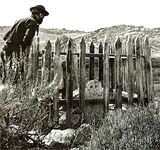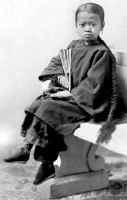Folsom Historical Society and Museum [CA]
The Society's Museum focuses on exhibits exploring Folsom's native people; the discovery of gold and the formation of mining camps; ethnic groups who contributed to this area; the formation of the town and the growth and establishment of the railroad, prison, and powerhouse; and later efforts at gold mining. The Museum's Pioneer Living History Center allows visitors a look at Folsom's past through vehicles; machines; equipment; and replicas of a miner's shack, blacksmith shop, carriage shed, and more.
The society offers educational and recreational events; the museum offers exhibits, tours, and educational programs.

